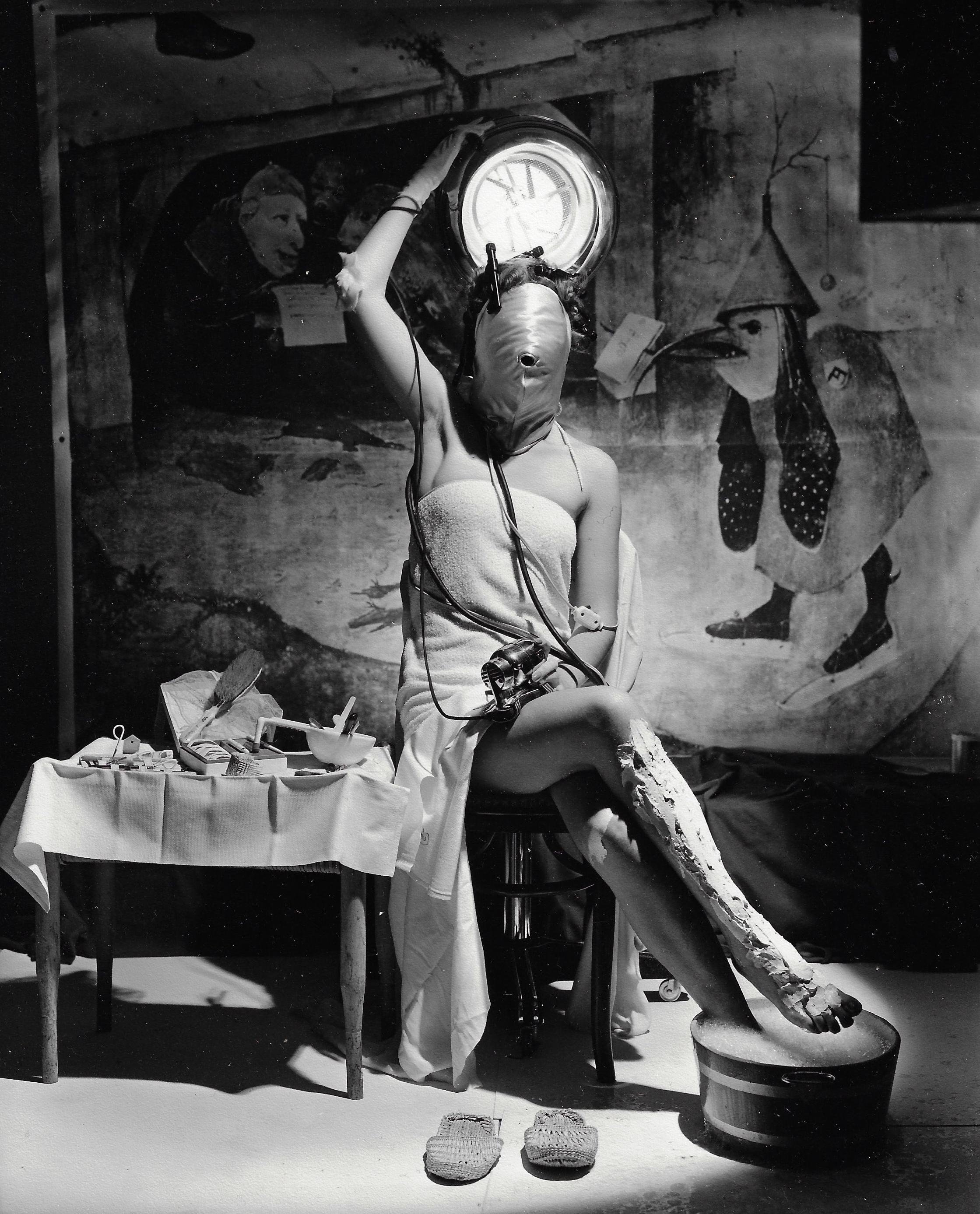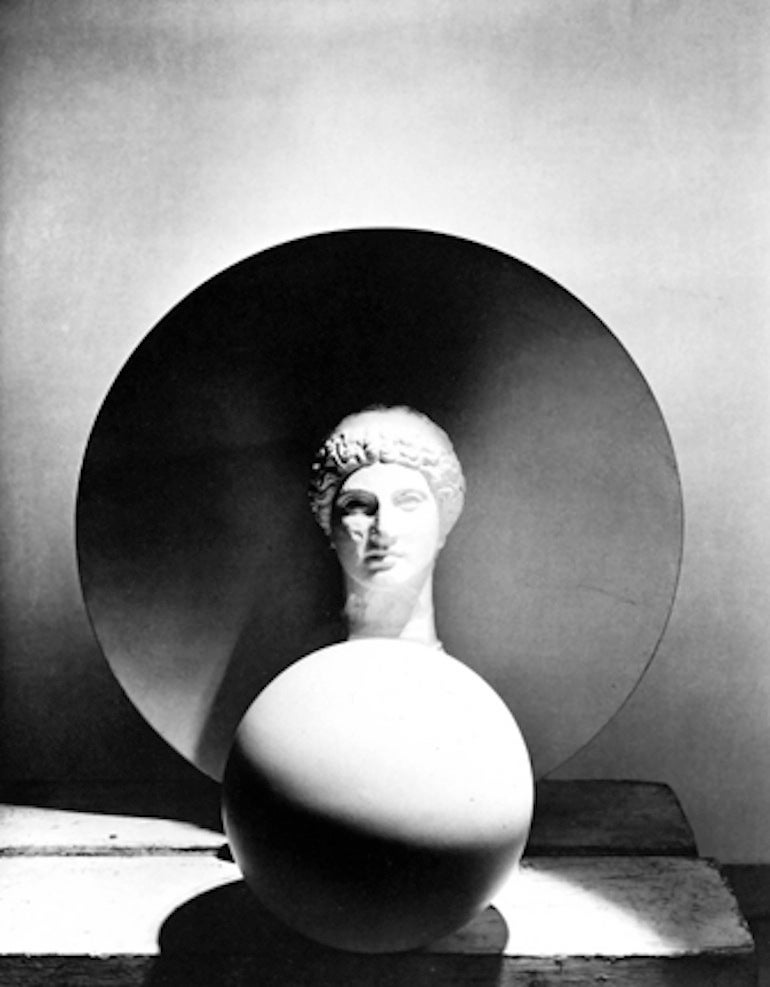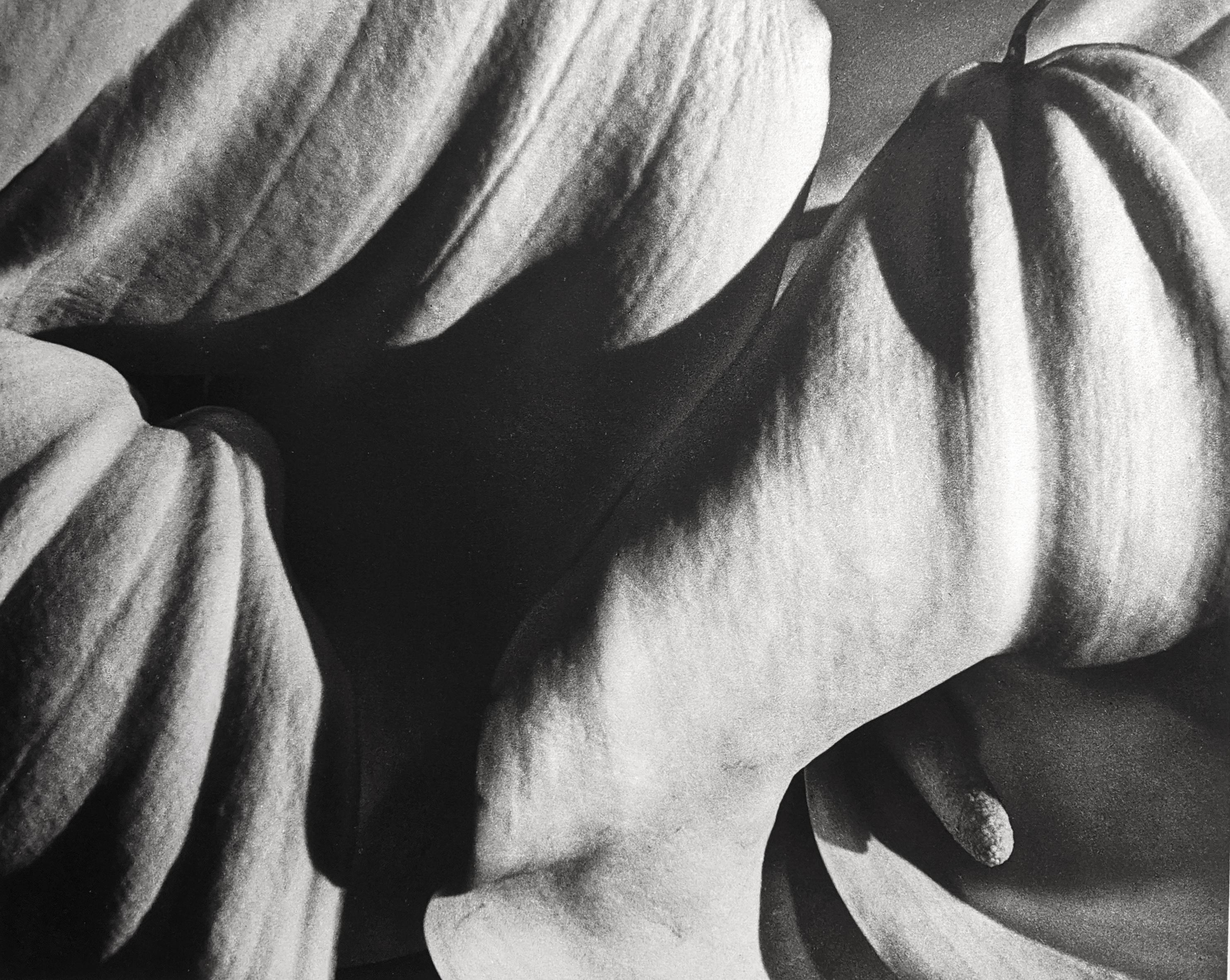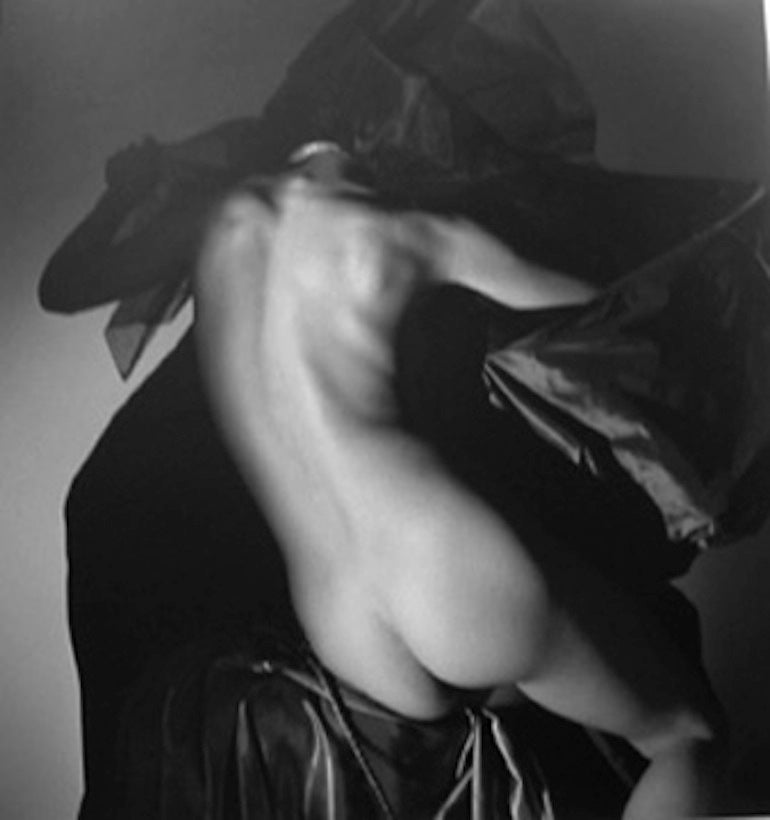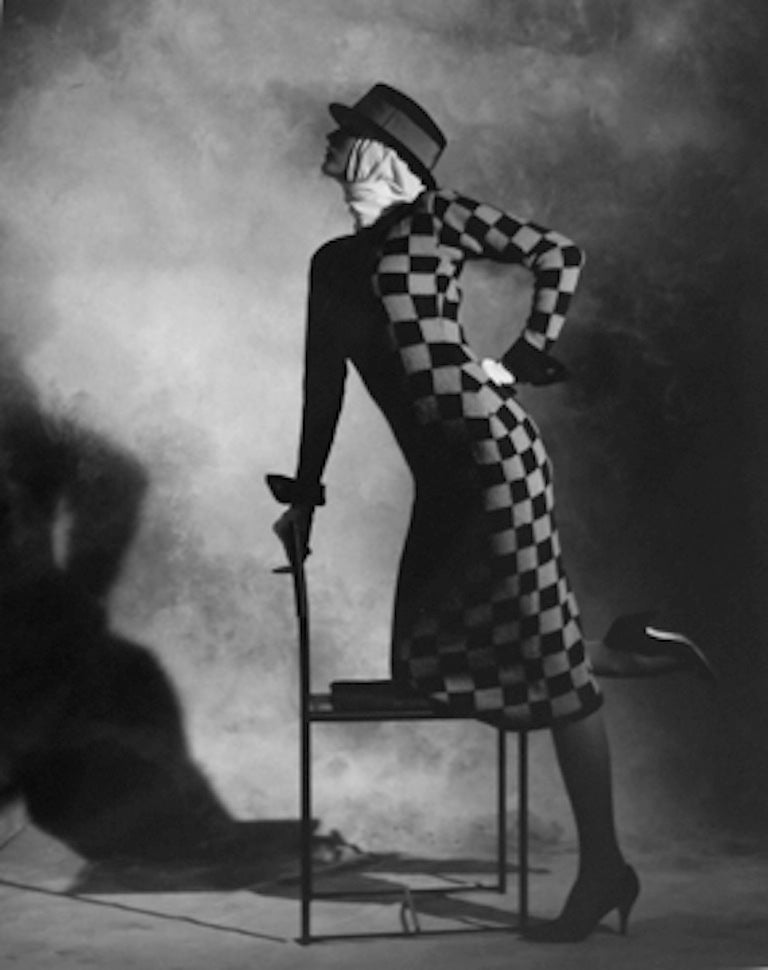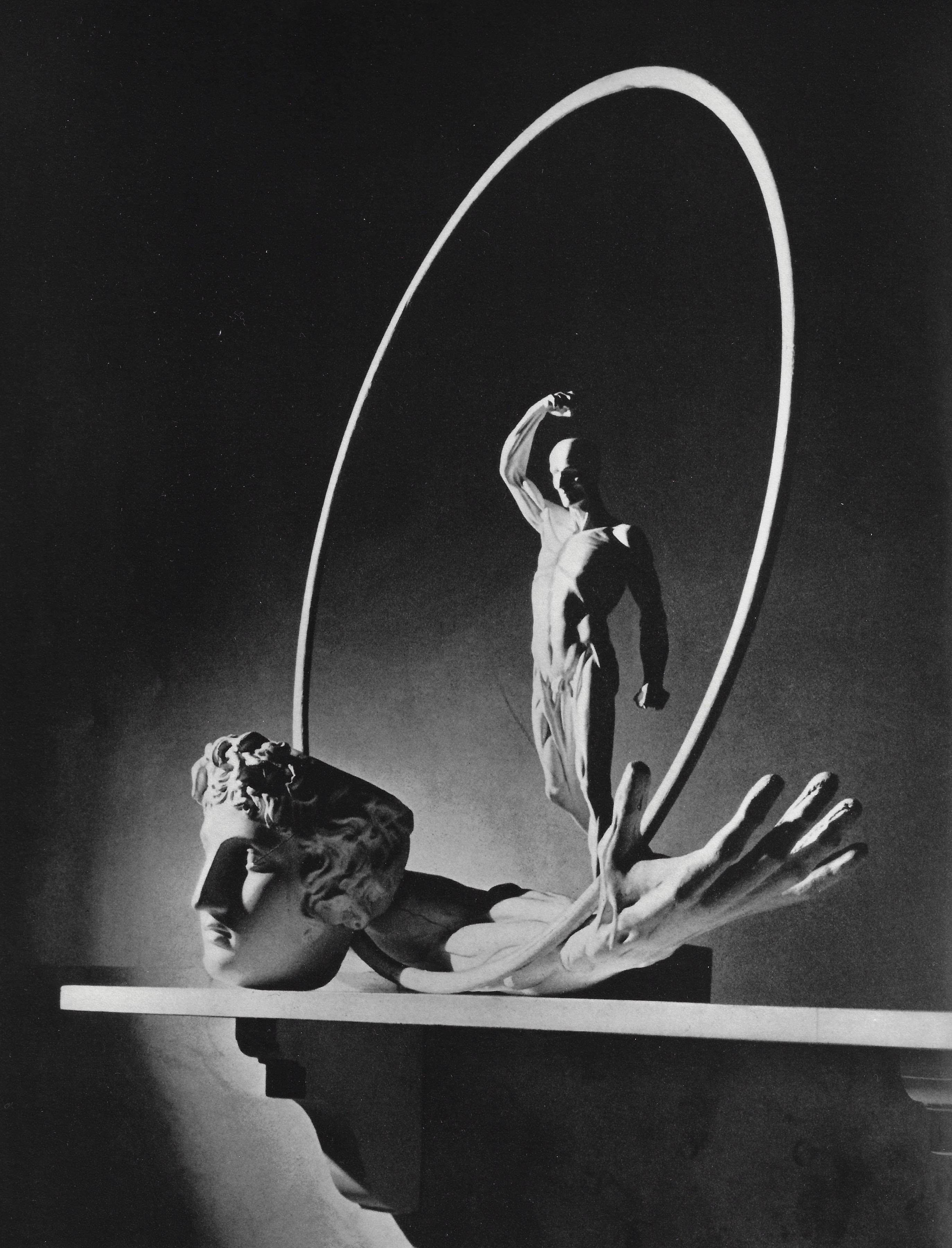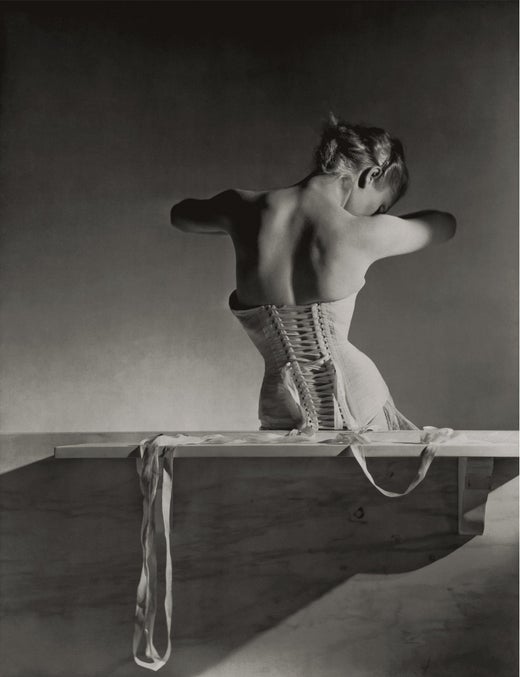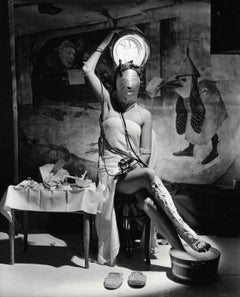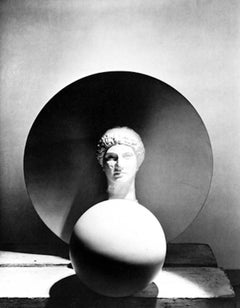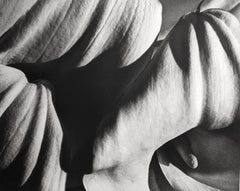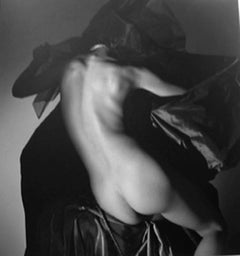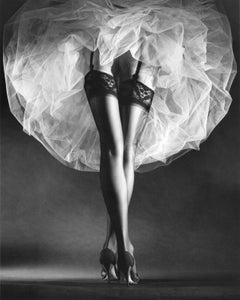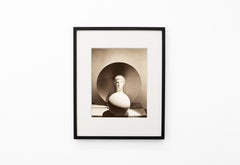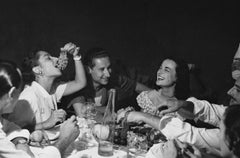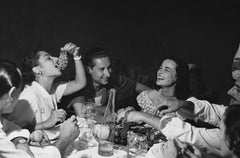Horst P. HorstEnd of the Party, Rome1951
1951
About the Item
- Creator:Horst P. Horst (1906-1999, German)
- Creation Year:1951
- Dimensions:Height: 24 in (60.96 cm)Width: 20 in (50.8 cm)
- Medium:
- Period:
- Condition:
- Gallery Location:New York, NY
- Reference Number:1stDibs: LU298283092
Horst P. Horst
Horst P. Horst (born Horst Paul Albert Bohrmann) was one of the towering figures of 20th-century fashion photography.
Best known for his work with Vogue, who called him “photography’s alchemist," Horst rose to prominence in Paris in the interwar years, publishing his first work with the magazine in 1931. In the decades that followed, Horst’s experimentations with radical composition, nudity, double exposures and other avant-garde techniques would produce some of the most iconic fashion images ever, like Mainbocher Corset and Lisa with Harp (both 1939).
As the New York Times once described, “Horst tamed the avant-garde to serve fashion.” Though associated most closely with fashion photography, Horst captured portraits of many of the 20th century’s brightest luminaries, dabbling with influences as far-ranging as Surrealism and Romanticism.
“I like taking photographs because I like life,” Horst once said. “And I love photographing people best of all because most of all I love humanity.”
Find original Horst P. Horst photography today on 1stDibs.
- ShippingRetrieving quote...Shipping from: New York, NY
- Return Policy
More From This Seller
View All1930s Black and White Photography
Photographic Paper
1930s Black and White Photography
1940s Black and White Photography
Photographic Paper
1980s Black and White Photography
1980s Black and White Photography
1930s Black and White Photography
Photographic Paper
You May Also Like
1980s Black and White Photography
Silver Gelatin
1930s Black and White Photography
Silver Gelatin
1940s Modern Black and White Photography
Black and White
1940s Modern Figurative Photography
Black and White, Silver Gelatin
Early 20th Century Black and White Photography
Silver Gelatin
1940s Black and White Photography
Silver Gelatin
Read More
Kali Is an Art World Sensation, 40 Years after She Hid Her Work Away
A newly discovered trove of her kaleidoscopic works reveals that the enigmatic artist captured the zeitgeist of 1960s Southern California.
Inside the Bubble of Melvin Sokolsky
In the early 1960s, the photographer captured elegant models soaring through the air and floating in bubbles over Paris and New York. Now, we reveal the secrets behind his magical compositions.
